and indirect .
Function points as indirect metrics .
Function points
are used to measure the effort of the project Cost estimation model
Introduction
FindSlide.org - это сайт презентаций, докладов, шаблонов в формате PowerPoint.
Email: Нажмите что бы посмотреть
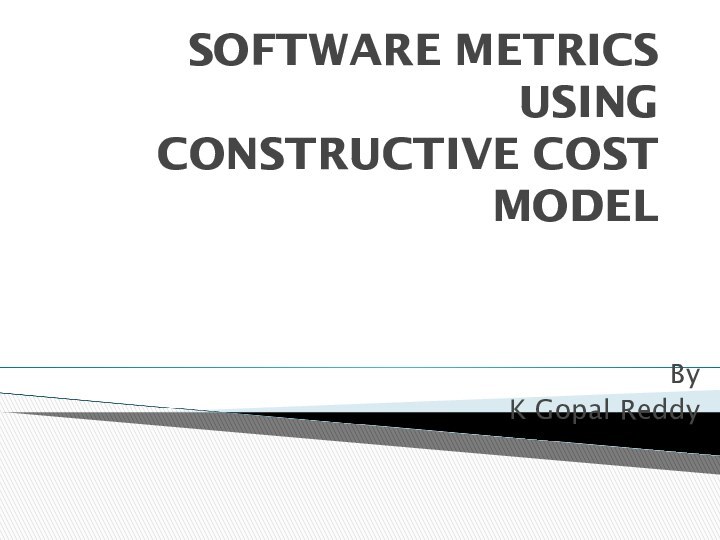
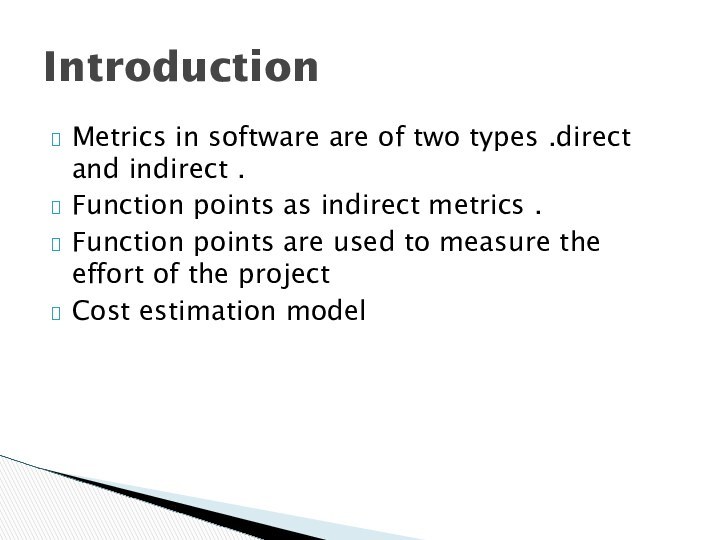

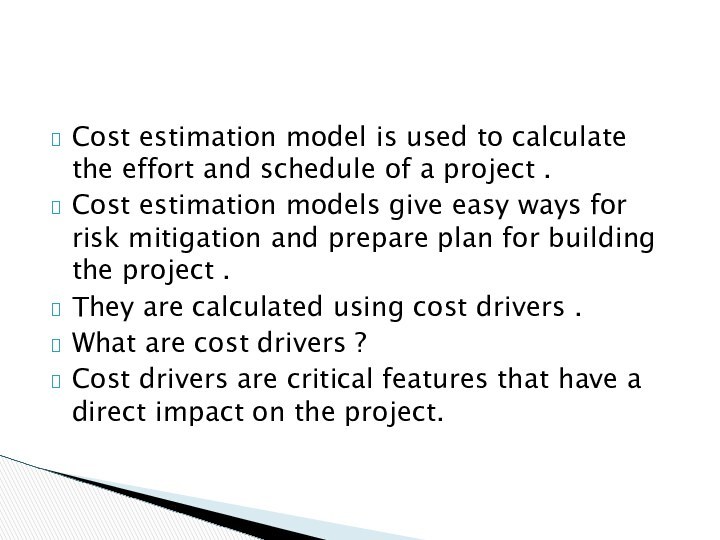
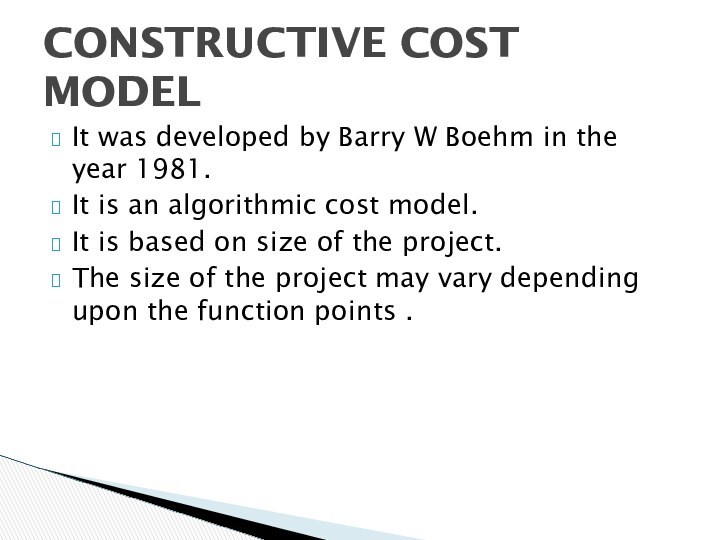
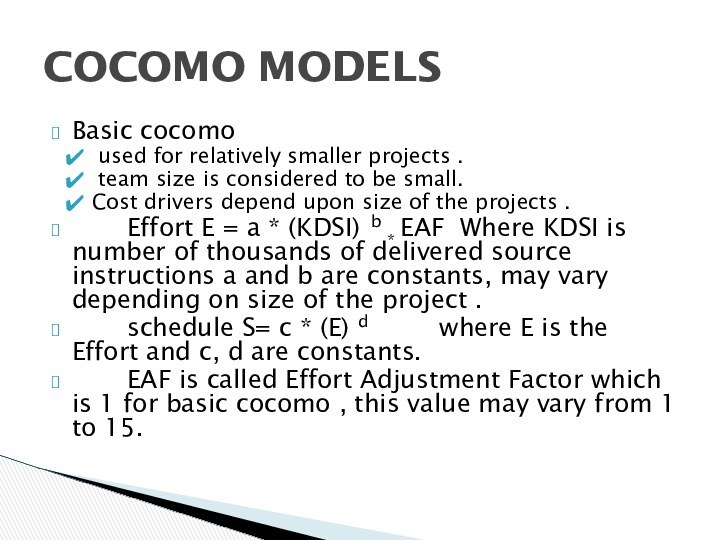
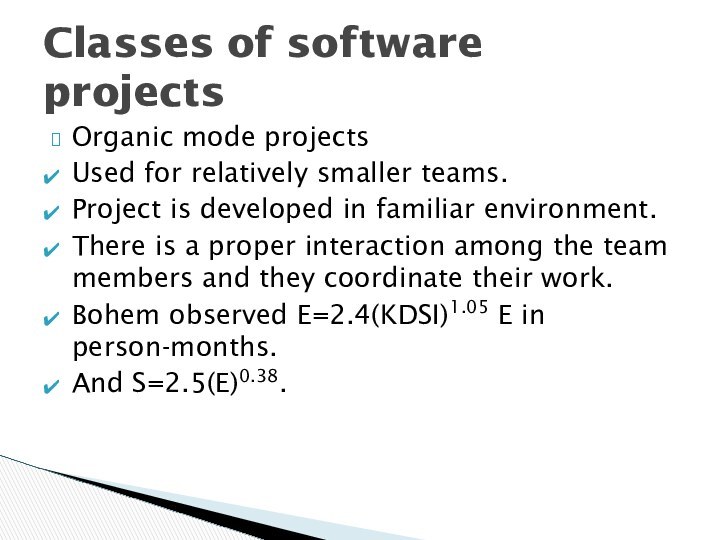
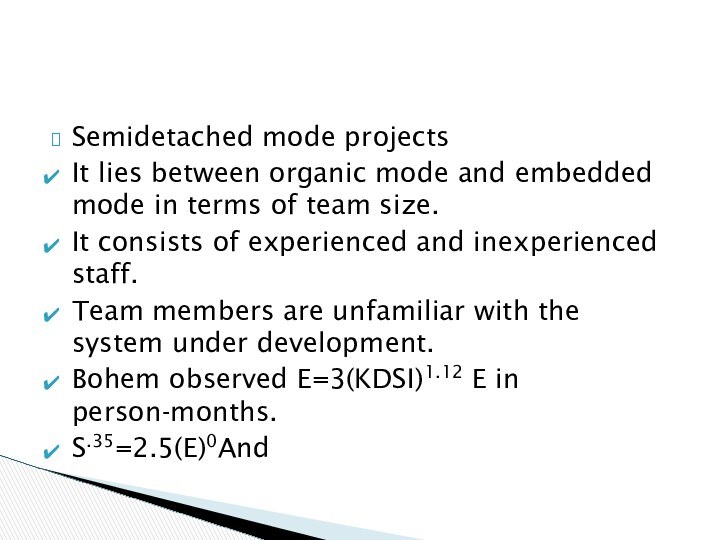
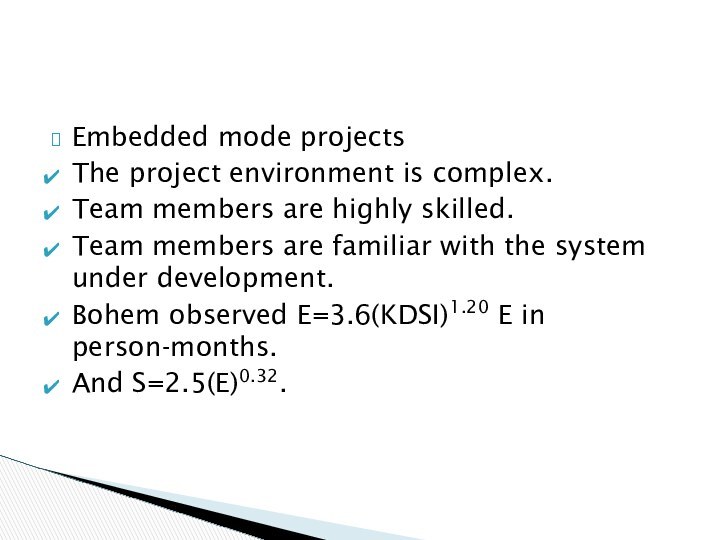
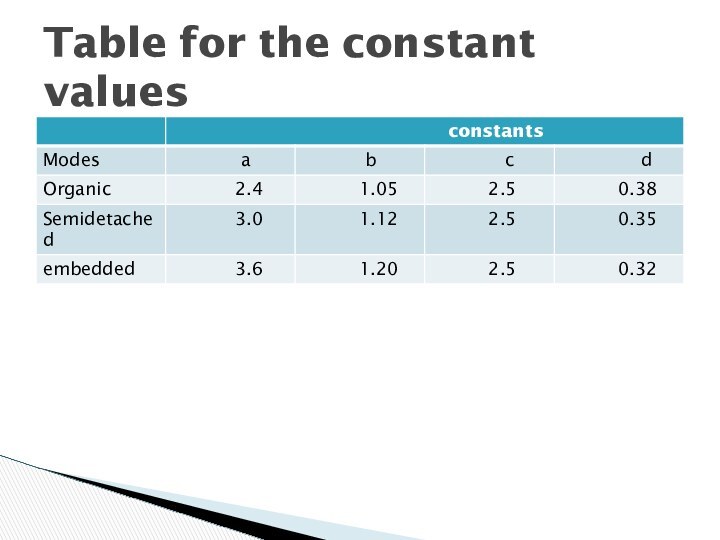
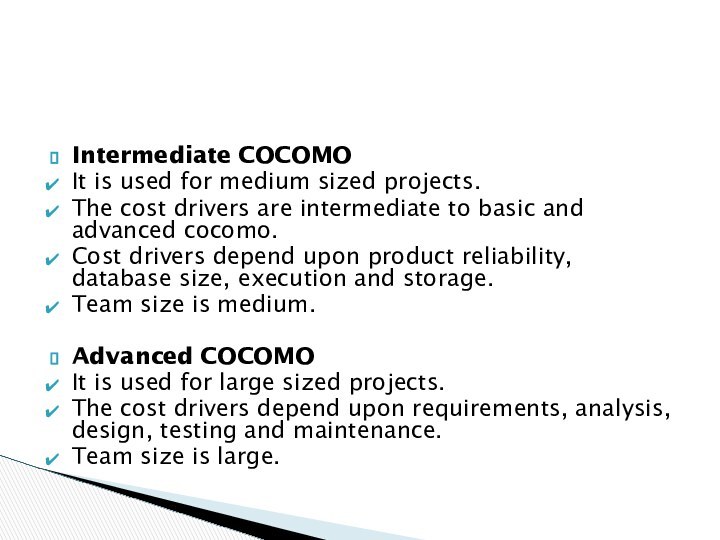
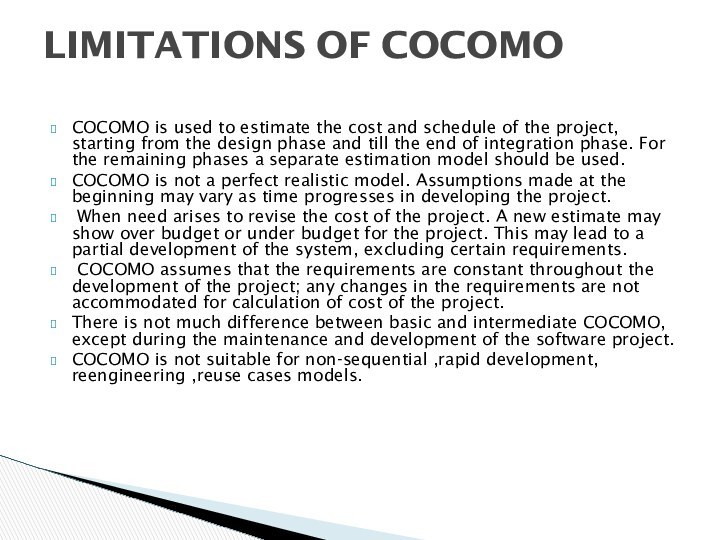
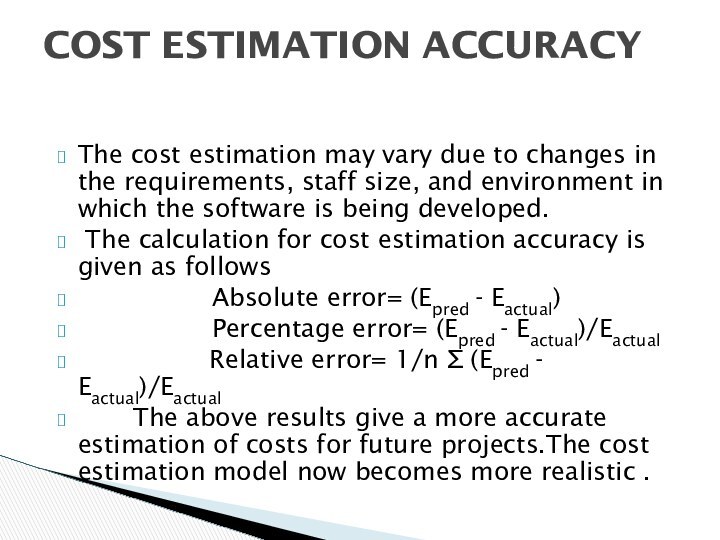


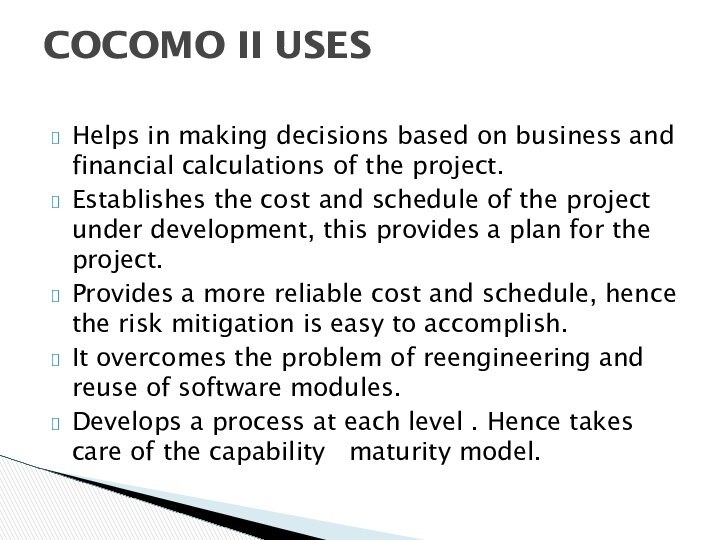
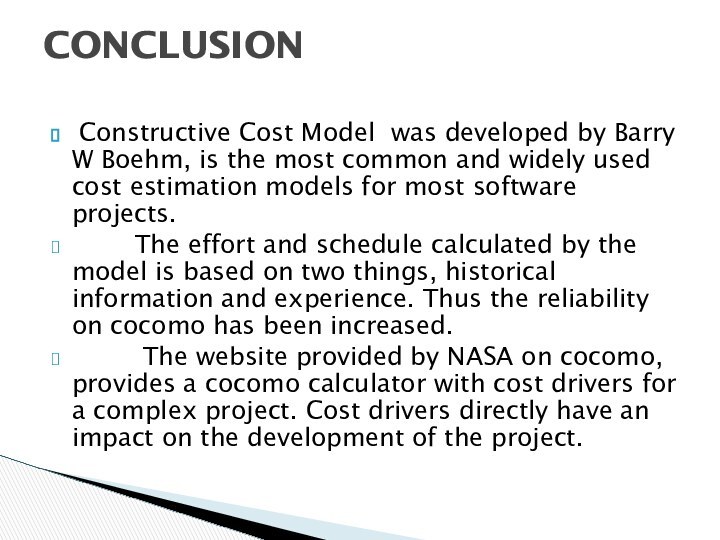
![Software metrics using constructive cost model [1] Farshad Faghih,” Software Effort and Schedule Estimation”,](/img/tmb/15/1465239/c445908eb4f355e70266b7960ad9fd1d-720x.jpg)
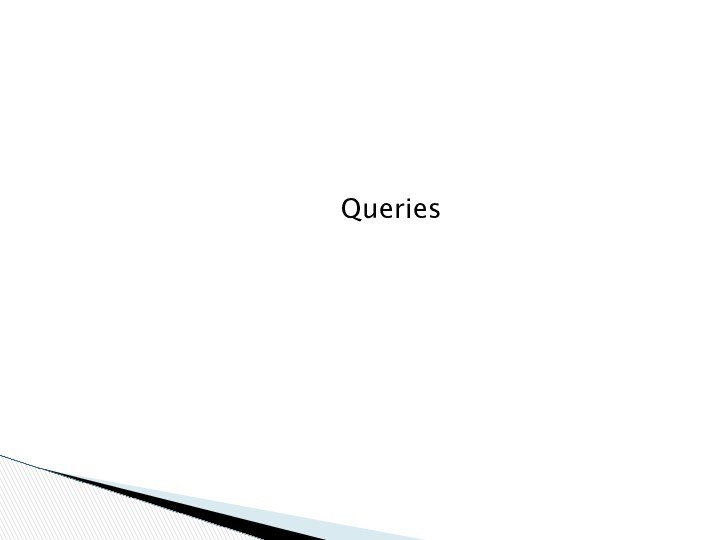
Introduction
CONSTRUCTIVE COST MODEL
COCOMO MODELS
Classes of software projects
LIMITATIONS OF COCOMO
COST ESTIMATION ACCURACY
COCOMO II
COCOMO II calculation
COCOMO II USES
CONCLUSION
References